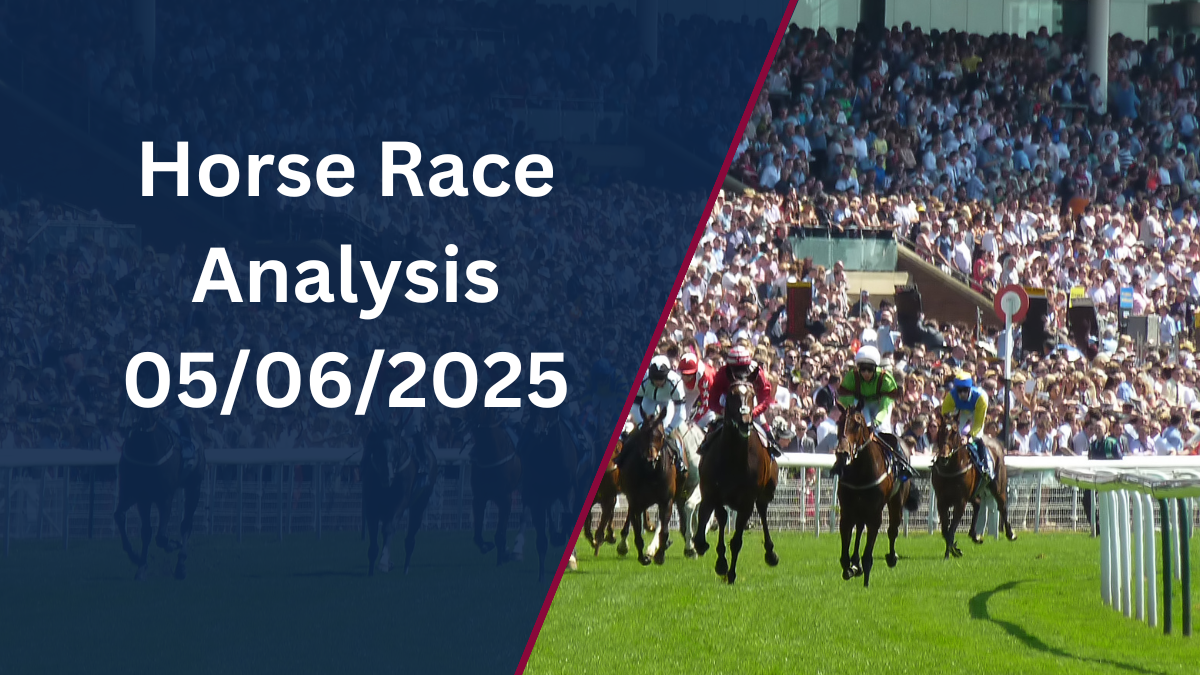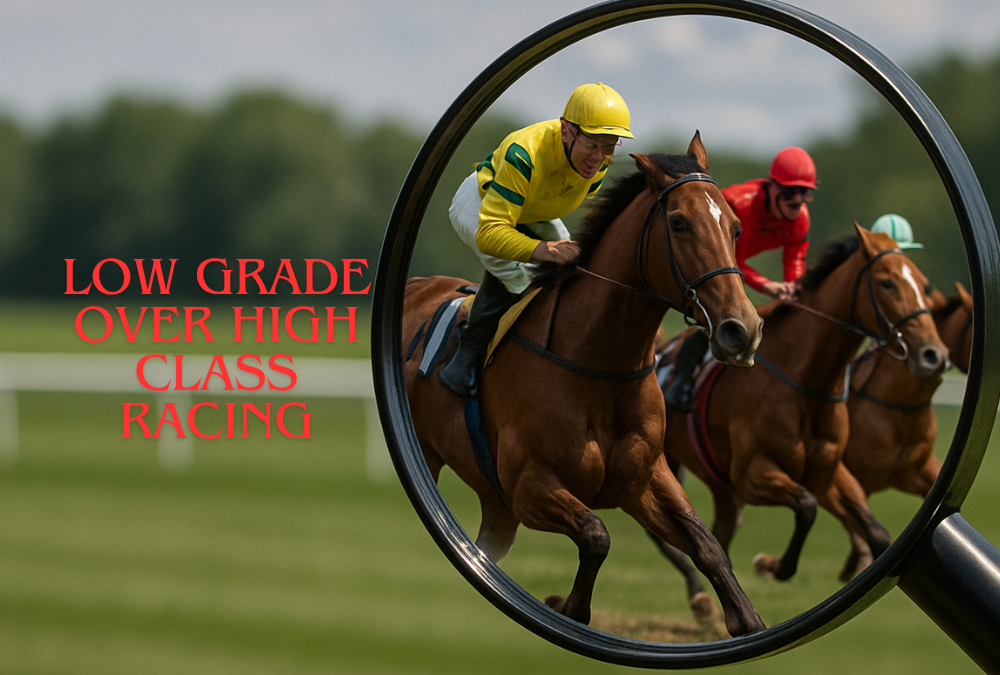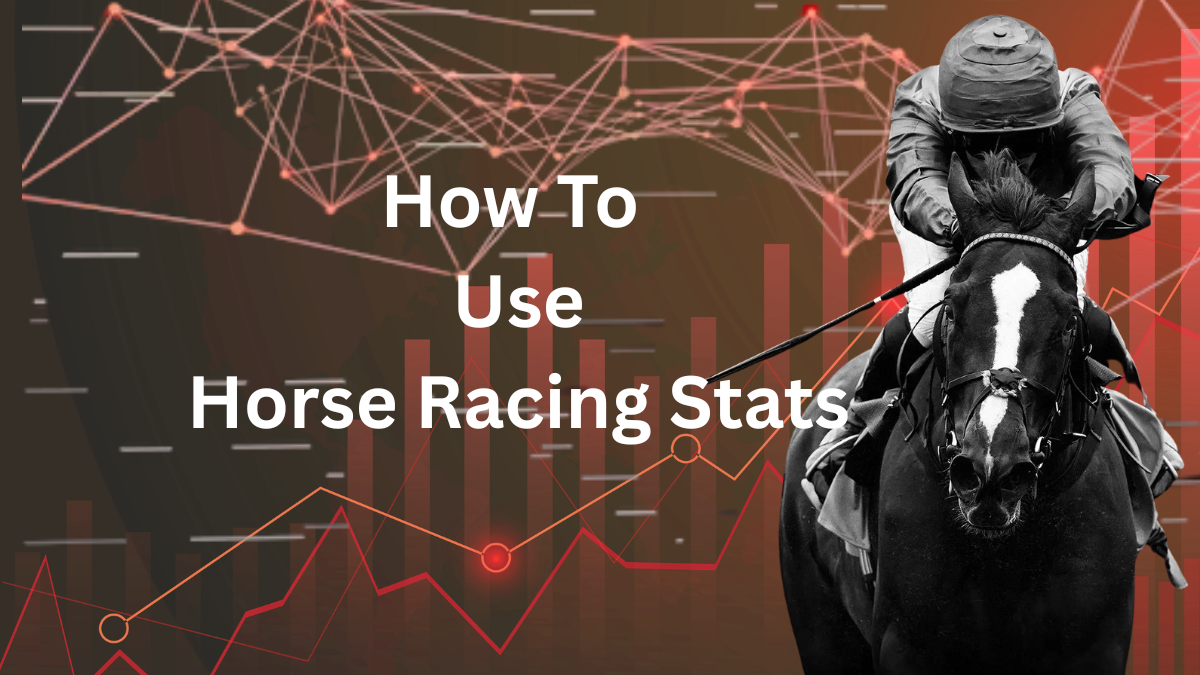Recent Horse Racing Analysis

Horse Race Analysis 05/06/2025
Horse Racing Analysis Todays 3.50 Lingfield – Class 4, 1m, 3yo Handicap (AW, Polytrack)8 runners | Standard surface | Left-handed | £5,234 to the winner

Place Only Betting In Horse Racing
Why Place-Only Betting In Horse Racing Beats Each-Way When You Fancy a Horse to Place, Not Win If you’re still relying on each-way bets every
How to Analyse Horse Races
Analysing a horse race properly is about far more than looking at recent form or glancing at the odds. True analysis means building a clear picture of the race itself—understanding the type of contest you’re dealing with, identifying the horses best suited to today’s conditions, and interpreting how the race is likely to unfold.
This guide breaks the process down step by step. Each section will cover a different part of race analysis, but it starts with understanding the bigger picture.(I use all-weather horse racing but I am sure it can be transferred to other races ).
Its also important that most my analysis is low grade and handicap horse races ,So if you are looking a top grade races they are generally run at a more true pace etc and all will have decent form which they can hold.So some of my analysis methods may not transfer.
Why Analyse a Race?
Because raw form doesn’t tell the whole story. A horse can look good on paper but be completely unsuited to the race it’s in today. Class level, ground, pace, and distance are just as important as recent finishes.
You don’t just need to ask “who wins?”—you ask:
What does it take to win this race, today, under these conditions?
What You’re Really Doing When You Analyse Horse Races
You’re building a race profile. That means breaking down:
What type of race is this?
Class level, prize money, competitiveness.
What does it usually take to win a race like this?
What are today’s conditions?
Surface, trip, track configuration, going, draw bias.
Who thrives under this exact set of variables?
How is this race likely to be run?
Predicted pace shape, front runners vs hold-ups, field size.
Will this favour a closer, or a horse that gets loose on the lead?
Which horses are suited to the race profile?
Proven under similar conditions, competitive off this mark, consistent within class.
Who’s rising in grade? Who’s dropping to win?
Is the horse well-handicapped and suited?
PR vs OR (predictive rating vs official rating).
Jockey claims, class tolerance, weight swings.
You don’t need to predict outcomes—you need to profile scenarios. And the horses that fit the race profile best? They do the running.
Start with the Race Conditions — Not the Horse
Before you look at any horse, you need to fully understand what kind of race you’re dealing with. That means breaking down the conditions — because no horse exists in isolation. They’re only ever as effective as the race allows them to be.
Every proper analysis starts with questions like:
What’s the trip? And does this track favour speed or stamina over that distance?
What’s the surface — Tapeta, Polytrack, turf? Horses don’t perform the same across all.
How many runners? Field size affects pace, cover, and how the race will unfold.
What class of race is it? Not to rate ability, but to understand the typical race shape and effort level involved.
What’s the draw bias on this track, at this trip, in this field size?
Once you understand the shape of the race, then — and only then — you look at the horses. Because a horse that looks “in form” may be completely out of place once you look at the setup.
This step is about framing the race before you even open the formbook.
To take this a step further you can profile horses and save -Learn about PROFILING race horses here

Bet £10 Get £30 3x £10 Bets
claim Now
Bet £10 Get £30 FREE BETS
Claim Now
Bet £10 Get £20 FREE BET
Claim Now
Bet £10 Get £50 In Multiples
Claim Now
Bet £10 Get £50 In Multiples
Claim Now




Identify What Type of Horse the Race Is Set Up For
Once you’ve broken down the race conditions, the next step is to figure out what type of horse is likely to be suited — before looking at individual names.
This isn’t about guessing pace. It’s about matching the demands of the race to the type of horse that usually wins under those conditions.
Ask questions like:
Will this race reward early speed or patience?
Does this track/trip combination usually favour front-runners, or is it set up for closers?
Is the draw bias strong enough to influence how the race is run?
Will the field size make it a tactical crawl or a strongly-run race?
Are conditions likely to expose weak finishers, or will it suit those who can sustain a gallop?
This is where you build the shape of the race — not in theoretical pace maps, but in identifying what kind of effort is usually rewarded under these exact conditions.
Once you know what the race is built to suit, you can start looking at horses that actually match that profile.
Profiling a Pace-Dominant Winner
This horse has a clear profile — when it’s in a race where it can make the running, it performs. When it can’t dominate the pace, it gets beat.
Key takeaways from the race record at Newcastle over 1m2f:
Won 4 of 6 over C&D — all wins from the front
When allowed to dictate (20 Mar, 29 Mar, 11 Jan), it’s never headed
Every time it has to chase or is taken on for the lead, it either gets caught late or fades
Beaten over longer trips like 1m4½f and 2m — not because of stamina alone, but because the race shape didn’t let it control the pace
In small fields with no strong pace pressure, it gets an easy lead and makes all
This isn’t form — it’s a repeatable outcome based on race setup.
The horse doesn’t “improve” — the race lets it do what it needs to win.

Dismiss Horses That Can’t Win Under Today’s Conditions
Once you’ve matched a few horses to the shape of the race, the next step is just as important:
Start eliminating the ones that simply can’t win today.
This isn’t about “not fancying” a horse — it’s about seeing clear, proven evidence that under conditions like today’s, it doesn’t perform. It’s in the wrong race.
Here’s what to look for:
Trip wrong – stretched too far or dropping back to a distance that exposes it
Surface mismatch – proven poor form on today’s surface (e.g. keeps flopping on Tapeta)
Wrong running style for the race setup – e.g. hold-up horse in a crawl, or a grinder in a sprint finish setup
Draw disadvantage – repeatedly underperforms from wide or inside depending on track layout
Too high in the weights – horse only wins off a certain OR band and today it’s above it
You’ll often find horses being supported in the market based on their latest run — but if that run came under completely different conditions, it means nothing today.
Example: When the Conditions Expose a Horse
Let’s say a horse ran a close 2nd last time at Southwell over 1m4f in a slowly-run race where it travelled strongly behind a dawdle. Now it’s back over 1m2f at Chelmsford in a sharp, small-field dash with a front-runner drawn inside it.
It might be “in form” — but it’s now in a race that won’t allow it to travel the same way, and where the early pace won’t collapse.
The visual from last time won’t repeat, because the conditions won’t allow it to.
These are the horses you must dismiss — no matter what the price says. They’re in the wrong race.
Know What the Horse Can Win Off – Understand Its Official Rating (OR)
The Official Rating (OR) is one of the most misunderstood numbers in racing. Most punters treat it like a stat — something to include, not something to analyse.
But in handicaps, the OR defines the terms of engagement. It tells you exactly how the horse is being positioned in the race.
Every horse has a performance range — a rough band of ratings where it’s competitive. Above that band, it struggles. Below it, it becomes dangerous.
Your job is to work out:
What rating the horse has previously won off
What kind of conditions those wins came under
Whether today’s rating puts it above, within, or below its winning zone
What to Look For
Back to a winnable mark – Horse is now rated the same or lower than when it last ran well in similar conditions
One run too late – Horse just ran a huge race, but is now 5–7lb higher and suddenly outside its zone
Still too high – It might be running okay, but the rating still has it in a bracket it can’t win from
Dropped in quietly – Series of average runs used to lower the mark. Today it’s back on its last winning OR and conditions suit again.
Example: Tracking the Rating Range
Imagine a horse with three career wins — all off marks between 70–73. It’s now rated 77 and keeps finishing mid-division. Punters say “it’s running well” — but they’re missing the point.
It’s not well-in anymore.
Now fast forward six weeks. The horse is rated 72 again. Conditions suit. Back at a track where it made all over the same trip last season.
That’s not guesswork — that’s a setup that fits its winning profile and OR zone.
Build from the Fundamentals
What you’ve just read is the foundation.
It’s how I approach every race — by focusing on the conditions, the race shape, and whether each horse is genuinely suited to what’s in front of them today.
There are, of course, other layers that can be factored in:
Ground shifts on turf
Late withdrawals
Mid-race sectionals
Equipment changes
Jockey impact and experience
Yard form and horse wellbeing
But none of that matters if you haven’t nailed the basics first.
Every blog post I write is built on this exact process — profiling the race, not tipping for the sake of it. And when more complex angles apply, I cover them with context, not noise.











